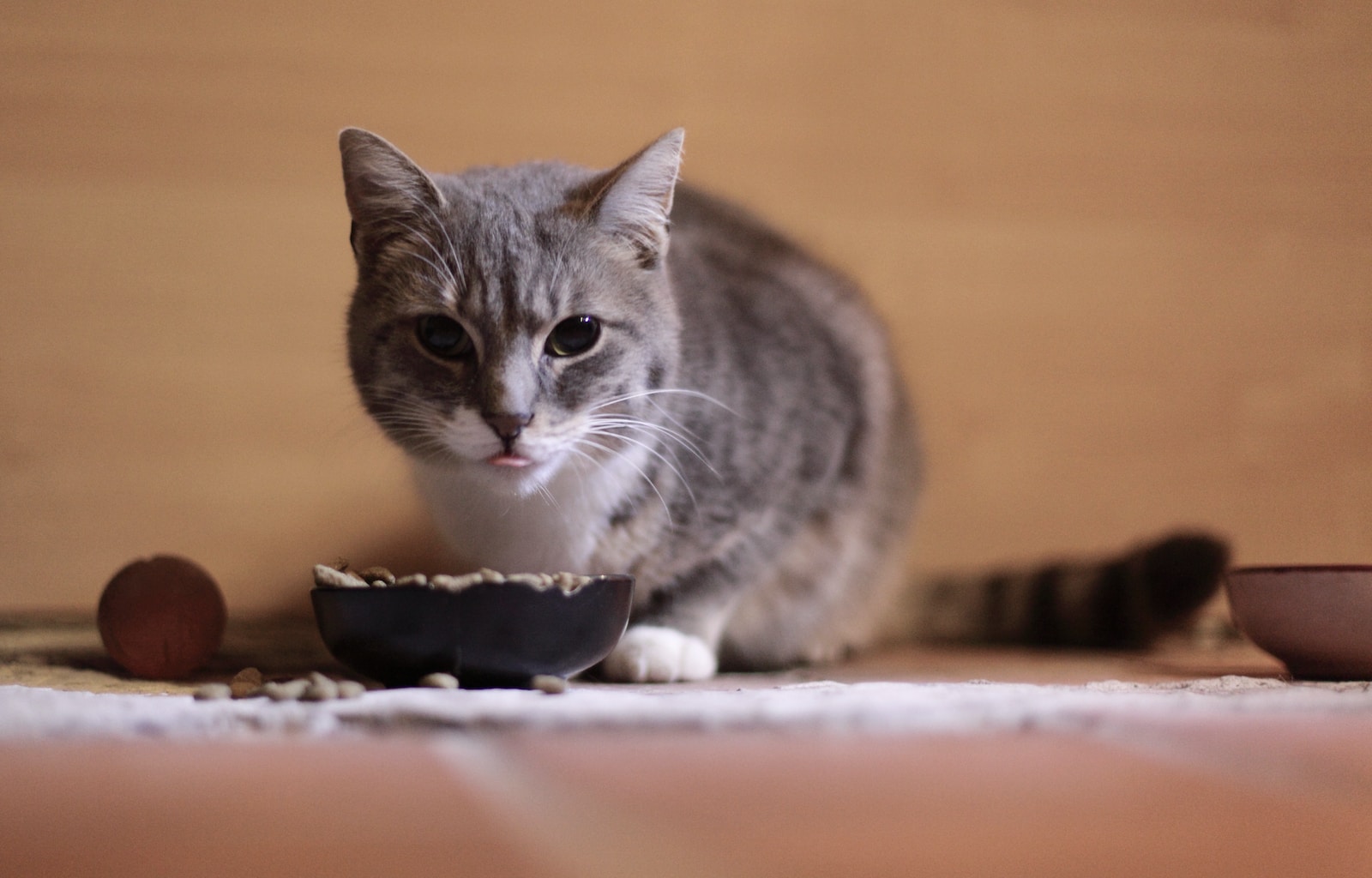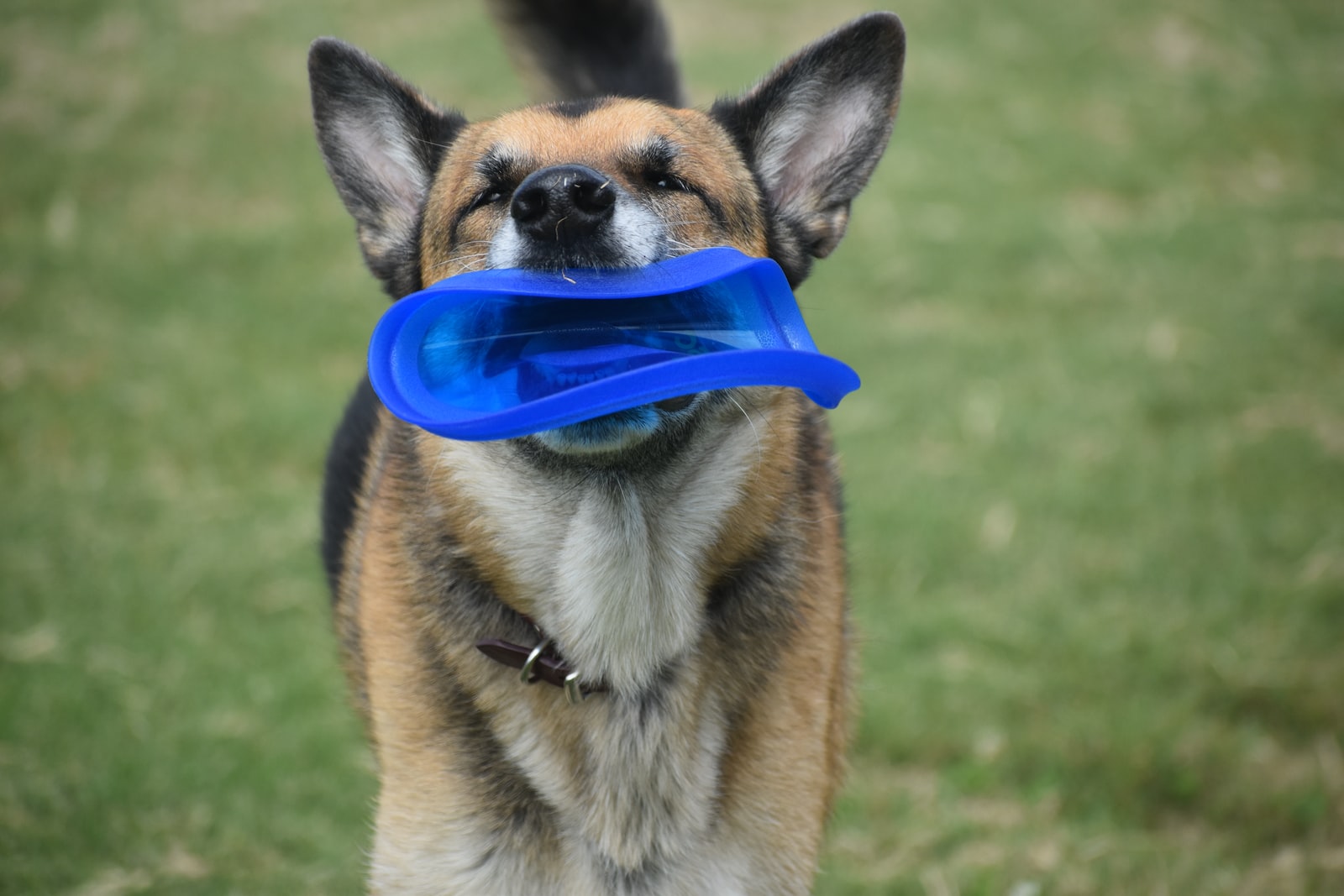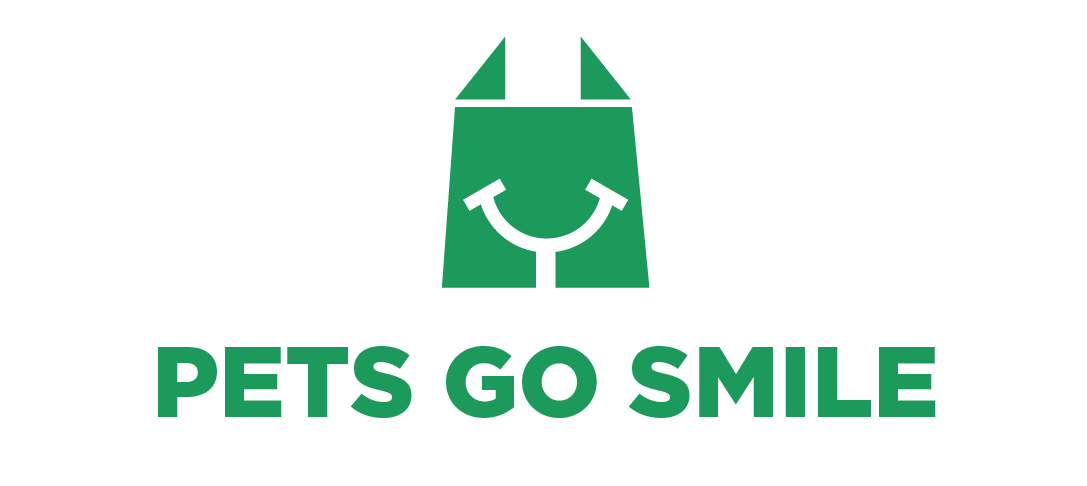Are you looking to develop a new pet product?
Then you’ve come to the right place. In this article, we’ll provide you with an in-depth guide on how to successfully collaborate with manufacturers for developing and producing quality pet products.
We will also discuss the different steps involved in the process from concept to shelf – ranging from design and prototyping, production planning, pricing and packaging, manufacturing processes, testing procedures, shipping logistics as well as legal considerations.
With our comprehensive step-by-step guide, your pet business can benefit from working with experienced manufacturers who specialize in creating high-quality pet products that meet industry standards. So read on and let us help you bring your vision into reality!
Understanding the Market and Developing Pet Products with Manufacturers

To successfully develop and connect pet food manufacturers’ products with manufacturers, it is crucial to have a deep understanding of the market and identify key opportunities within the pet supply industry.
Conducting thorough market research is the first step in this process.
By analyzing market trends, consumer preferences, and dog and cat owners’ purchasing behaviors, vet clinic owners, pet supply store businesses, and similar professionals can gain valuable insights into the evolving needs and desires of pet owners.
This research allows them to identify gaps in the market, uncover emerging trends, and recognize areas where innovation and improvement are needed.
By keeping a pulse on the market, businesses can uncover untapped opportunities and develop pet products that address specific pain points, catering to niche markets, or meet the demands of the evolving pet industry landscape.
By understanding the pet supplies market and identifying opportunities, businesses can position themselves as leaders in the pet supply industry and develop products that truly resonate with pet owners.
Defining the Pet Product Concept
When developing pet products with manufacturers, it is essential to start by clearly defining the product concept. This involves several key steps.
First and foremost, businesses need to identify their target audience and understand their specific needs and preferences.
By gaining insights into the challenges, desires, and expectations of pet owners, vet clinic owners, pet supply and pet store, businesses, and similar professionals can tailor their product development process accordingly.
After understanding the target audience, the next step is to brainstorm and develop product ideas.
This stage encourages creativity and innovation, where businesses can explore various concepts that align with the identified needs and preferences.
Brainstorming sessions, market research, and customer feedback can inspire unique ideas and help businesses generate a range of potential product concepts.
Once a set of product ideas has been generated, the next step is to evaluate their feasibility and market potential.
This involves assessing factors such as technical feasibility, manufacturing capabilities, cost considerations, and regulatory requirements.
Additionally, analyzing the market potential involves evaluating the demand for similar products, competition, and potential profitability.
By conducting a comprehensive evaluation, businesses can filter out concepts that may not be viable or lack sufficient market potential, allowing them to focus their resources on ideas with a higher likelihood of success.
This approach ensures that the final product aligns with the needs and preferences of the target audience while maximizing its potential for market success.
Researching and Selecting Manufacturers
To develop pet products successfully, it’s important to research and choose manufacturing partners carefully.
This involves a systematic approach that considers various factors to ensure a successful collaboration. The following steps are involved in this process:
Firstly, it is essential to understand the different types of manufacturers in the pet industry. This includes manufacturers specializing in pet food, pet accessories, pet toys, pet clothes and other related products.
By familiarizing themselves with the different types of manufacturers available, vet clinic owners, pet supply store businesses, and online store, alike can narrow down their search to those that align with their specific product requirements.
The next step is to conduct thorough research on potential manufacturers. This involves gathering information about their reputation, experience, and track record in the industry. It is crucial to assess their manufacturing capabilities, facilities, and production processes.
It can be helpful to gather references or testimonials from other companies that have collaborated with these manufacturers to gain a better understanding of their trustworthiness and level of professionalism.
When evaluating potential manufacturers, it is important to consider key factors such as quality, capacity, and cost.
Quality assurance is paramount to ensure that the manufactured pet products meet the desired standards and specifications. Assessing a manufacturer’s quality control processes, certifications, and adherence to regulatory requirements is essential.
Capacity is another critical factor to consider. The manufacturer should have the ability to meet the required production volume within the specified timeline. Evaluating their production capacity, resources, and ability to scale up if needed is crucial to ensure a smooth manufacturing process.
Cost analysis is also an important aspect of selecting manufacturers. Businesses should assess the pricing structure, production costs, and any additional charges associated with the manufacturing process. It is essential to strike a balance between cost-effectiveness and the desired level of quality.
This diligent selection process ensures a successful and mutually beneficial collaboration between the small business, and the manufacturer.
Establishing Product Specifications in Developing Pet Products with Manufacturers

Establishing clear and comprehensive product specifications is a crucial step in the development of pet products.
This process involves several key components that ensure the final product meets the desired standards and aligns with regulatory requirements. The following steps outline the process of establishing product specifications:
Firstly, it is important to define the product features, raw materials used, and packaging. This involves identifying the specific attributes and functionalities that the pet product should possess.
For example, if developing a pet bed, the size, shape, material, and design elements need to be carefully considered. Additionally, for pet beds, selecting appropriate packaging that ensures product safety and appeals to the target audience is essential.
Setting quality standards and regulatory requirements is another important aspect. Businesses need to establish the desired level of quality that their pet products should meet. This includes considering factors such as durability, safety, and performance.
It is essential to research and understand the relevant regulations and standards specific to the pet industry. Compliance with these regulations ensures the product’s safety, efficacy, and legal conformity.
Creating a comprehensive product specification document is the final step in this process.
This document serves as a detailed guide that outlines all the necessary information about the pet product. It should include specifications related to pet product company features, dimensions, materials, packaging, and quality standards.
Additionally, it may incorporate specific testing requirements, labeling guidelines, and any other relevant details.
By having a clear and comprehensive product specification document, businesses can effectively communicate their requirements to manufacturers and ensure that the final product meets their expectations.
This document also serves as a reference point throughout the manufacturing and quality control processes, ensuring consistency and adherence to the established specifications.
Collaboration and Communication with Manufacturers
Negotiating terms and conditions with manufacturers
Collaborating effectively with manufacturers requires negotiating mutually beneficial terms and conditions. This stage involves discussing crucial aspects such as pricing, production timelines, order quantities, and payment terms.
Agreement between both parties is necessary to establish a strong foundation for the manufacturing process.
During negotiations, the goal should be to find a balance between obtaining competitive pricing and maintaining product quality.
By conducting thorough research on market rates, industry standards, and competitors’ offerings, businesses can enter negotiations well-informed and ensure a fair and favorable agreement that meets their needs while satisfying the manufacturer’s requirements.
Maintaining open lines of communication throughout the process
Maintaining transparent and open lines of communication with manufacturers is vital for a successful collaboration.
Regular and effective communication allows for seamless coordination, timely updates, and the resolution of any potential issues.
It is essential to establish clear channels of communication, such as email, phone calls, or project management tools, to facilitate efficient information exchange.
This ensures that both parties are aligned on project progress, potential challenges, and any necessary adjustments.
Regular check-ins, progress reports, and collaborative problem-solving sessions can foster a strong working relationship and enable swift decision-making, ultimately leading to a smoother manufacturing process.
Addressing concerns and resolving issues promptly
In any manufacturing process, it is crucial to address concerns and resolve issues promptly to avoid disruptions or delays. Effective collaboration requires promptly addressing any concerns or questions raised by either party.
This includes addressing potential manufacturing challenges, quality control issues, or unexpected setbacks.
By promptly acknowledging and addressing concerns, businesses can mitigate risks, maintain transparency, and find mutually agreeable solutions.
Regular communication, active listening, and a proactive approach to problem-solving are essential in ensuring that issues are identified and resolved promptly, minimizing any negative impact on the manufacturing process or final product quality.
By establishing clear agreements, fostering transparent communication, and promptly addressing any challenges, businesses can build strong and productive relationships with pet food manufacturers everywhere, ensuring a smooth and successful manufacturing journey for their pet products.
Prototype Development and Testing
Prototype development and testing are crucial stages in the process of developing pet products.
This phase involves several key components that allow businesses to refine and improve their product ideas.
The following topics highlight the importance of prototype development and testing:
Creating prototypes for the pet product is the first step in this process
Prototypes serve as tangible representations of the product concept, allowing businesses to assess its physical form, functionality, and overall design.
Creating prototypes can involve various methods, such as 3D printing, handcrafting, or working with specialized prototyping services.
By having physical prototypes, businesses can gain a better understanding of how their pet product will look and function, enabling them to make informed decisions during the development process.
Conducting product testing and gathering feedback is the next crucial step
Testing involves subjecting the prototype to various conditions, scenarios, and user interactions to assess its performance, durability, and usability.
By conducting thorough testing, businesses can identify potential flaws, weaknesses, or areas for improvement.
Gathering feedback from testers, pet owners, or industry experts provides valuable insights and helps identify any necessary adjustments or enhancements.
This feedback can be collected through surveys, focus groups, or user testing sessions, enabling businesses to make data-driven decisions.
Iterating and improving the prototype based on feedback is an essential aspect of the development process.
Using the feedback received, businesses can iterate and refine the prototype, making necessary improvements and adjustments.
This iterative process allows for the identification and resolution of any design flaws, functionality issues, or user experience concerns.
By continuously refining the prototype based on feedback, businesses can ensure that the final product meets the desired standards and delivers an optimal experience for pet owners.
These stages enable businesses to identify and address any potential issues or areas for improvement, leading to a pet product that is both desirable and successful in the market.
Manufacturing and Production

The manufacturing and production stage is a critical phase in the development of pet products. It involves several key components that ensure the efficient and high-quality production of the finalized product.
Finalizing the manufacturing agreement is the first step in this process.
This agreement solidifies the partnership between the business and the manufacturer, outlining the terms, expectations, and deliverables. It covers important aspects such as pricing, production timelines, order quantities, intellectual property rights, and any other relevant terms.
Finalizing a comprehensive manufacturing agreement is crucial to ensure both parties are aligned and have a clear understanding of their responsibilities and obligations throughout the production process.
Monitoring the production process is essential to ensure that manufacturing is progressing smoothly and according to plan.
This involves regular communication with the manufacturer, tracking the production timeline, and monitoring the production capacity and progress.
Monitoring the production process allows for proactive problem-solving, ensuring that any deviations from the planned schedule or quality standards are addressed promptly.
Conducting quality control checks is a crucial aspect of the manufacturing and production stage. Quality control ensures that the pet products meet the established specifications and meet the desired level of quality.
This involves implementing a comprehensive quality control system that includes inspections, tests, and evaluations throughout the production process.
Quality control checks can involve assessing factors such as product dimensions, materials, functionality, safety standards, and regulatory compliance.
Packaging and Branding of Pet Food and Pet Supply
Packaging and branding play a crucial role in the success of the pet food business and pet supply products.
This stage involves several key components that help attract and engage pet owners while effectively communicating the brand’s identity and values.
Designing pet-friendly packaging is essential to ensure that the packaging of pet foods meets the specific needs and preferences of pet owners.
This includes considering factors for pet lovers such as convenience, durability, and product safety. The packaging design should be practical and user-friendly, making it easy for pet owners to access and store the products.
Additionally, pet-friendly packaging for food bowls may incorporate features such as resealable closures, portion control options, or special dispensing mechanisms, making it more convenient for pet owners to handle and use the products.
Creating an appealing brand identity is key to standing out in a competitive market. Establishing a strong brand identity helps build recognition and loyalty among pet owners.
This involves developing a unique brand story, defining brand values, and determining the desired brand personality.
Incorporating branding elements into the packaging is essential for effective communication and brand recognition.
Packaging serves as a tangible representation of the brand and its products.
Clear and prominent branding elements on the packaging help pet owners easily identify and connect sell pet with the brand, fostering trust and loyalty.
Marketing and Distribution Strategies for Pet Food Industry
Having an effective marketing and distribution strategy is essential for the success of pet food products.
It involves formulating a comprehensive plan to promote, market, and distribute the product to pet owners.
Developing a marketing strategy helps businesses understand their target audience, identify potential channels for promotion, and determine which methods are most effective in reaching pet owners.
This may involve a mix of online and offline tactics such as digital advertising, social media campaigns, guerilla marketing initiatives, or targeted email campaigns.
Additionally, businesses should also consider establishing relationships with veterinarians or pet stores to sell pet products online help build awareness and generate more sales.
Creating an efficient distribution plan is critical for successful product delivery and customer satisfaction. This involves determining the most efficient and cost-effective routes for product delivery, selecting suppliers, and setting up the necessary infrastructure.
Effective marketing and distribution strategies help ensure that businesses are able to reach their target audience, generate sales, maximize profits, and foster customer loyalty.
Launching and Monitoring the Product with Pet Owners

Having a robust launch plan is essential for the successful introduction of pet products.
This involves formulating an effective strategy to promote the product, build awareness among pet owners, and generate sales.
Creating a comprehensive launch plan includes developing promotional materials, setting pricing strategies, creating marketing campaigns, arranging product samples and demos, and outlining target markets.
In addition to launching the product initially, businesses should also monitor its progress regularly. This helps ensure that all aspects of the product are running smoothly and that there are no flaws or issues that need to be addressed.
Businesses can use analytics tools to track customer feedback, identify design flaws or usability issues, assess customer satisfaction levels, measure consumer engagement with the brand, and analyze sales data.
These insights can provide businesses with valuable information about their products and help them make informed decisions regarding product updates or improvements.
Takeaways
Developing pet food and selling pet food and supply products requires a comprehensive understanding of the process from start to finish.
This includes researching customer needs, creating product designs, finding manufacturing partners, monitoring production processes, conducting quality control inspections, establishing effective marketing and distribution strategies, and launching and monitoring the products regularly.
By having an in-depth understanding of these key stages of the development process, businesses can ensure that they are able to create high-quality pet, dog food and pet supply products that meet customer needs and maximize profits.


Thanks for sharing. I read many of your blog posts, cool, your blog is very good.
Thank ou so much!
Where are you from and may we know your email ddress?
Because we are moving to a newest website,so you could follow us